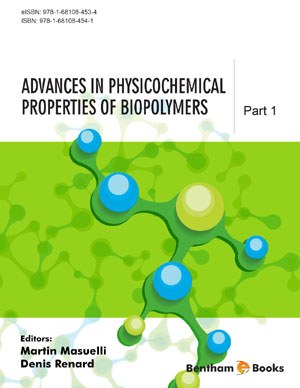Abstract
Sulfated polysaccharides are widely distributed in nature. The aim of this chapter is to give a brief description of methods of structural characterization of sulfated galactans, fucans, mannans, and arabinans from seaweeds, and sulfated polysaccharides rich in uronic acids (glycosaminoglycans and polysaccharides from green seaweeds), among other sulfated biopolymers. These polysaccharides are heterogeneous with respect to chain length and sulfate content and must be purified to homogeneity before structural analysis is carried out. Structural analysis of sulfated polysaccharides may be carried out by chemical methods: carbohydrate and sulfate content, monosaccharide composition, methylation/ ethylation and desulfation-methylation/ethylation, Smith degradation, etc. Herein, the application of matrix-assisted laser-desorption ionization (MALDI) and electrospray ionization (ESI) mass spectrometry (MS), and nuclear magnetic resonance spectroscopy (NMR) in some of their wide variety of experimental methods is described. 1H and 13C NMR spectroscopy, together with 2D NMR techniques, provide very important information about sequence, interresidue linkage position and substitution pattern. MALDI-MS and ESI-MS have become important tools in the last years, however, they have limitations due to the labile nature of the sulfate group. In MALDIMS, desorption difficulties with increasing molecular weight were also found. Thus, before application of mass spectrometry, depolymerization in controlled conditions is often required.
Keywords: ESI-MS, Glycosaminoglycans, MALDI-MS, NMR spectroscopy, Sulfated arabinans, Sulfated fucans, Sulfated galactans, Sulfated polysaccharides.






















